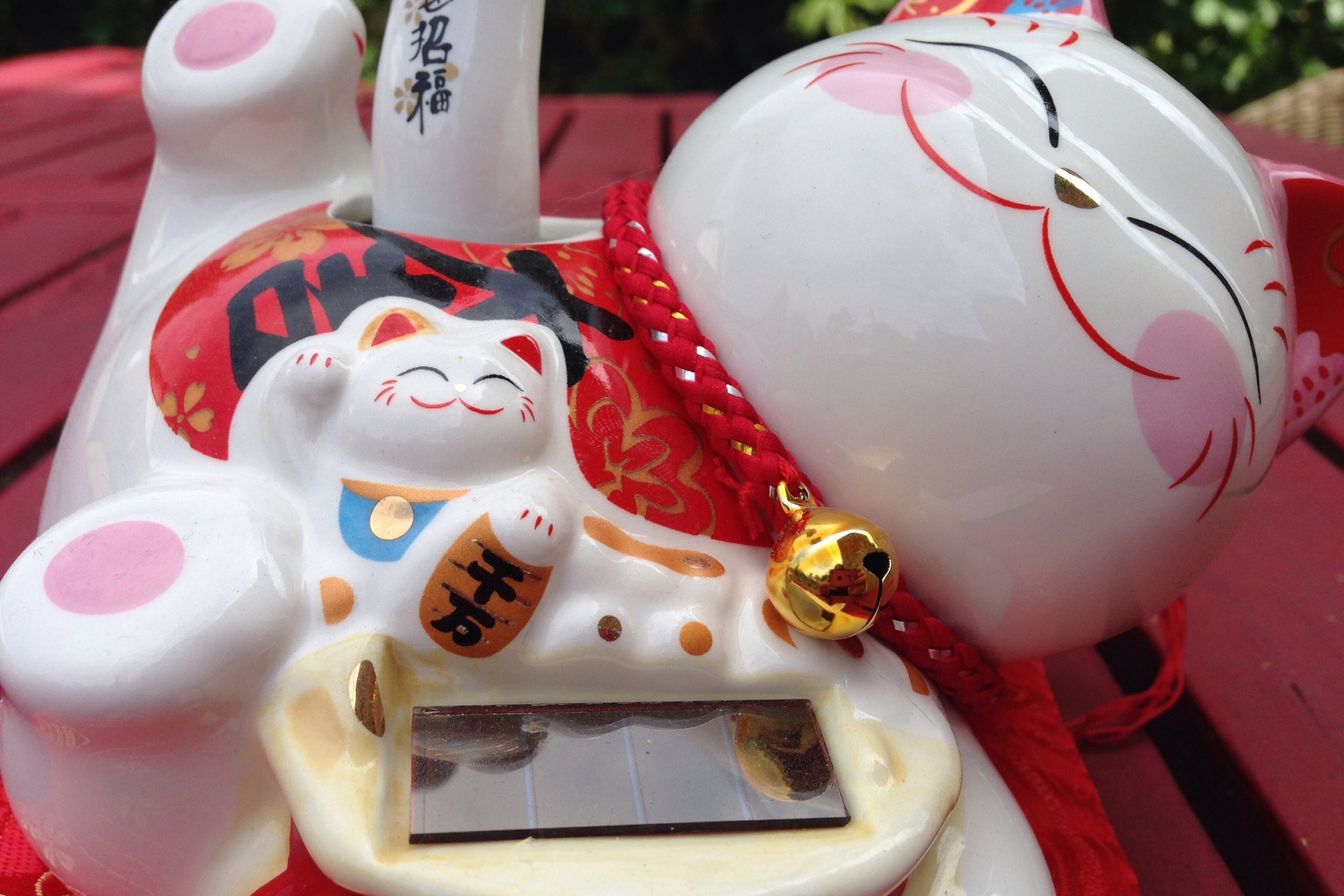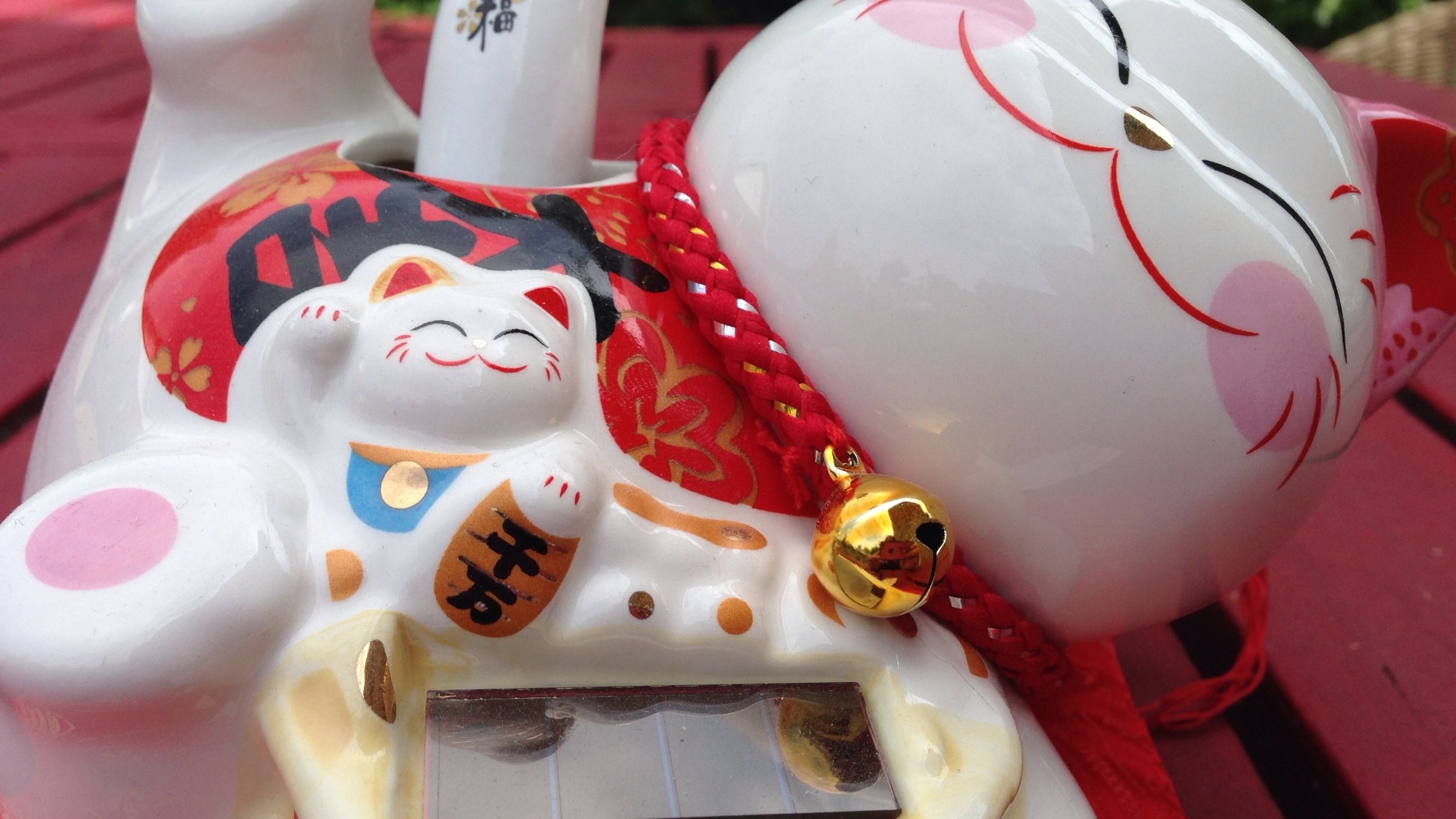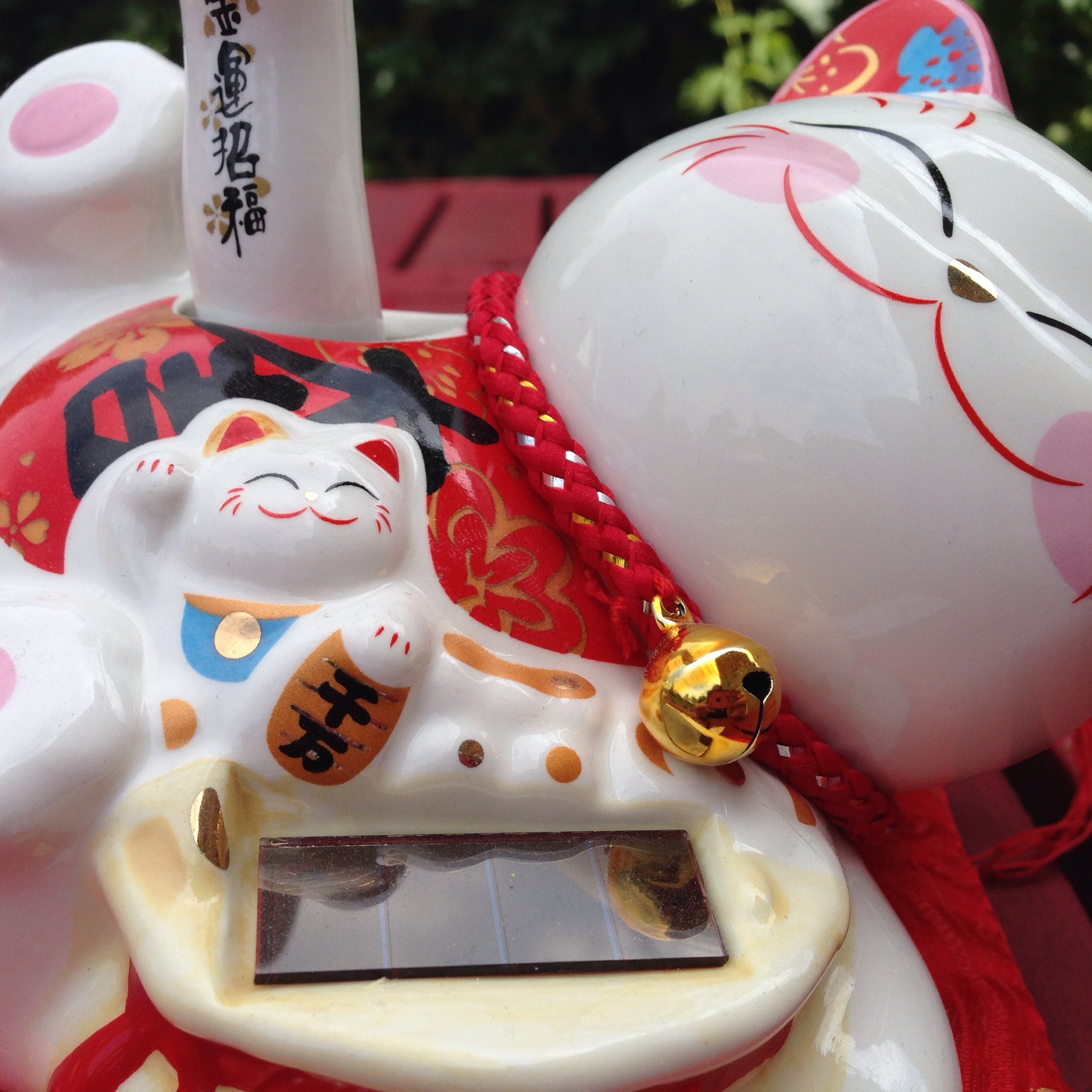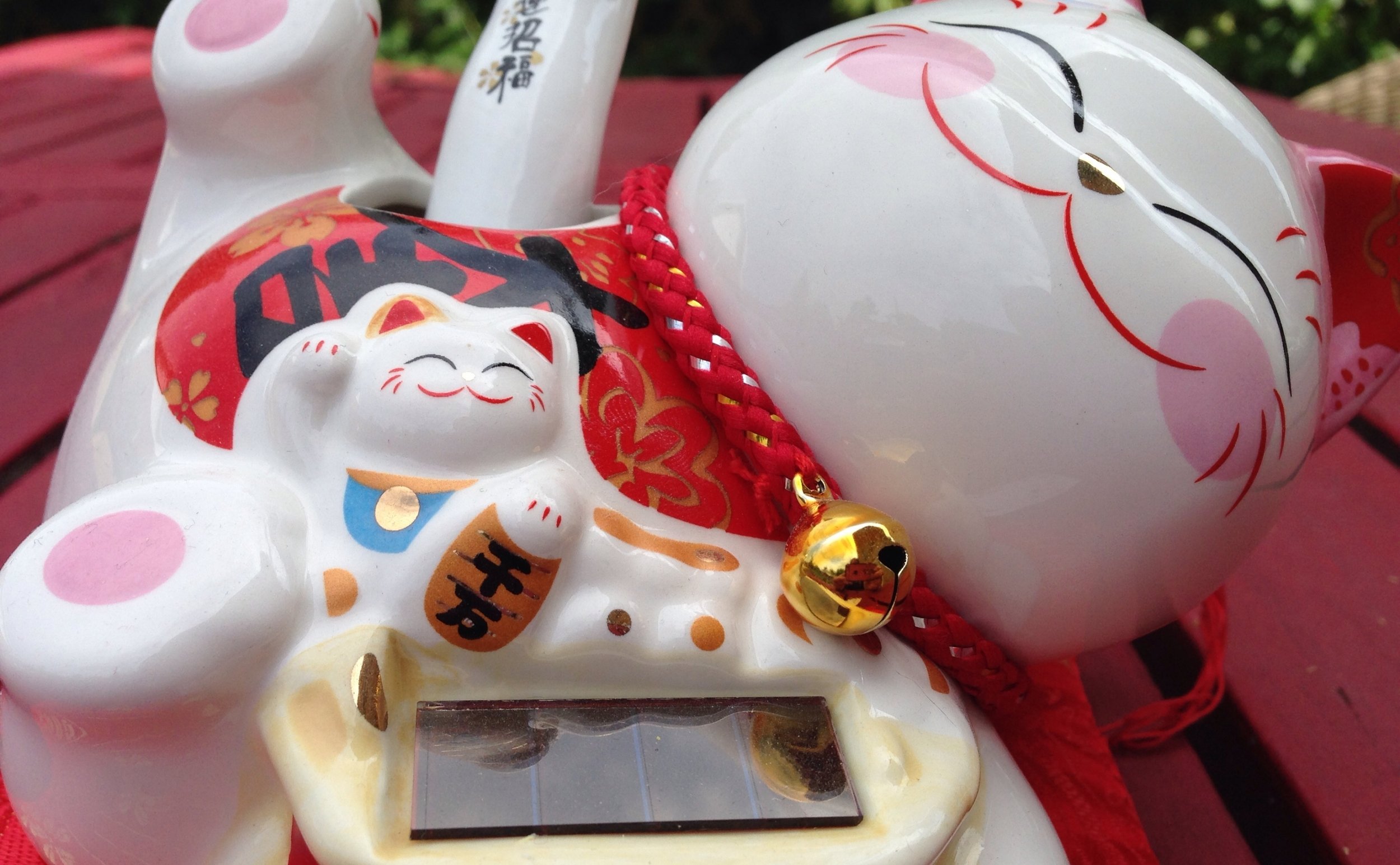Aspect ratio
All about design, from A-Zee
When using a smart phone, a point-and-shoot camera, or even sometimes with a DSLR, people don't really tend to put much thought into what aspect ratio they are using. They think about exposure, lighting, focal length, and even special effects, but not so much about aspect ratio - it just isn't something that first comes to mind when setting up a shot.
Oh, what is aspect ratio, you ask?
Well, quite simply, it is the ratio of width x height of a geometric object. Now this is not to be confused with the actual width and height of the object, but simply the ratio, or the relationship between the two values. It can also be thought of in terms of, how many times one value, height, is contained within the other value, width. The ratio is expressed as "a to b" or "a:b" or in decimal form, "a.b:c".
The most common aspect ratios in video are 4:3 (standard definition) and 16:9 (high definition). In still photography the most common are 4:3 (computer monitor, iPad) and 3:2 (35mm film).
So, what does all of this actually mean?
When shooting video or still images, you should pay attention to the aspect ratio you are using, as it will have an impact in two major ways. One, it will determine how much of your chosen scene will actually be recorded. And two, it will influence how the imagery will look when output to various digital sources, as well as when printing. Let me explain.
Below is a table showing six different images of the same object, shot at six different aspect ratios. The object was photographed at the same exact distance for each image, but as you can see, each image shows a different portion of the object. Depending on which aspect ratio was used, we can see more, or less, of the object and the area surrounding it.
Common aspect ratios in digital media (all images shown at 220px wide)






An example of how we see the influence of aspect ratio in an every day setting, is that of video shot at 16:9 (high definition), viewed on a 4:3 (standard definition) television. When this happens we get something called letterboxing - the addition of black bars at the top and bottom of the screen, in order to show the entire contents of the 16:9 image, rather than stretching the image, and force-fitting it to the 4:3 aspect ratio, thereby creating distortion.
Another example is that of printing images. The standard "snapshot" is 4x6 inches, which is a 3:2 ratio (6/2=3, 4/2=2; 3/2=1.5). So, if you shot the image using an aspect ratio other than 3:2, you wouldn't be able to get a 4x6 print, without having to crop the image in some way, or adding a border to fill in the extra space (much like letterboxing).
Interestingly, the most common print sizes, 4x6, 4x5, 5x7, 8x10, 11x14, and 16x20, do not correspond to the most common aspect ratios, with the exception of 4x6. For 4x5, 8x10, and 16x20, we get a 5:4 (1.25:1) ratio, which comes from the days of large format photography, which used 4x5-inch sheet film. Using the common aspect ratios of digital cameras today, we would have to crop the image in order to get a true 4x5, 8x10, or 16x20 print. Using a 3:2 ratio, the closest we could get to an 8x10 would be 8x12, and with 4:3, it would be 9x12.
The classic square 1:1 ratio comes to us from medium format photography. This format used 120 film that created a square 6x6 cm negative.
The 3:1 ratio is what we typically refer to as panoramic.
Most smartphone apps and cameras (P&S or DSLR), will show in the LCD preview what the image will look like at the various aspect ratios, so that you can plan your scene accordingly. However, there are a few that have the feature a bit hidden, such as the Canon cameras we use here at the Stratford Campus. For those you can only change the aspect ratio when using Live Preview.
At any rate, hopefully this helps to shed some light on the topic, and helps you to be more aware as you move forward in the world of photography and videography.
’Til next time!
Stephenie Koerne is a Digital Media Lab Instructor at the University of Waterloo Stratford Campus, but is better known as Jill-of-all-Trades. When not juggling work tasks, Stephenie whiles away the hours working on her photography and other art projects, collecting toys (as showcased in her office!), and reading. She loves cats, and pink is her signature color.